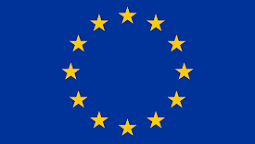The European market for secondhand goods is undergoing a remarkable transformation, with new research commissioned by Amazon revealing that sales of pre-owned products across the continent are set to grow by an impressive £1.73 billion in 2025. According to the study by business consultants CEBR, the current value of this “second chance” market, which includes used, open-box, and professionally refurbished items, already stands at nearly £18.7 billion. Amazon’s own figures reflect this surge, with secondhand sales surpassing €2 billion in the UK and Europe in 2024, as confirmed by the company’s Vice President of EU stores, Mariangela Marseglia.
A mix of rising living costs, increased environmental consciousness, and the convenience of digital shopping platforms is fuelling this rapid shift towards pre-owned purchases. The research highlights a striking generational divide: 85% of under-34s have bought secondhand goods online, compared to just over half of those aged 55 and above. Over the last five years, consumers in Germany, France, the UK, Italy, and Spain have collectively saved an estimated £32.64 billion by choosing secondhand over new, indicating that the appeal of thriftier, more sustainable shopping is only gaining ground.
Despite the sector’s rapid growth, challenges remain for retailers hoping to win over hesitant shoppers. Concerns persist around the condition of pre-owned products and the adequacy of after-sales support or warranties. Nevertheless, the momentum is undeniable. Major retailers, from Amazon to Ikea, are expanding their resale initiatives, while platforms like Vinted are reporting record profits. Secondhand shopping is fast shedding its former stigma, emerging as a smart, mainstream choice, particularly among younger Europeans keen to save money and tread more lightly on the planet.


 Europe
Europe








